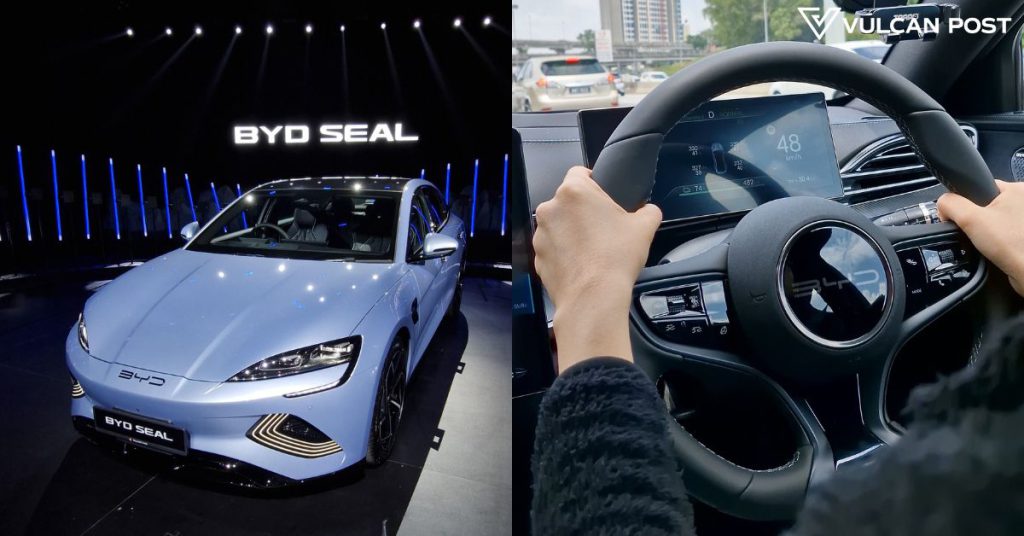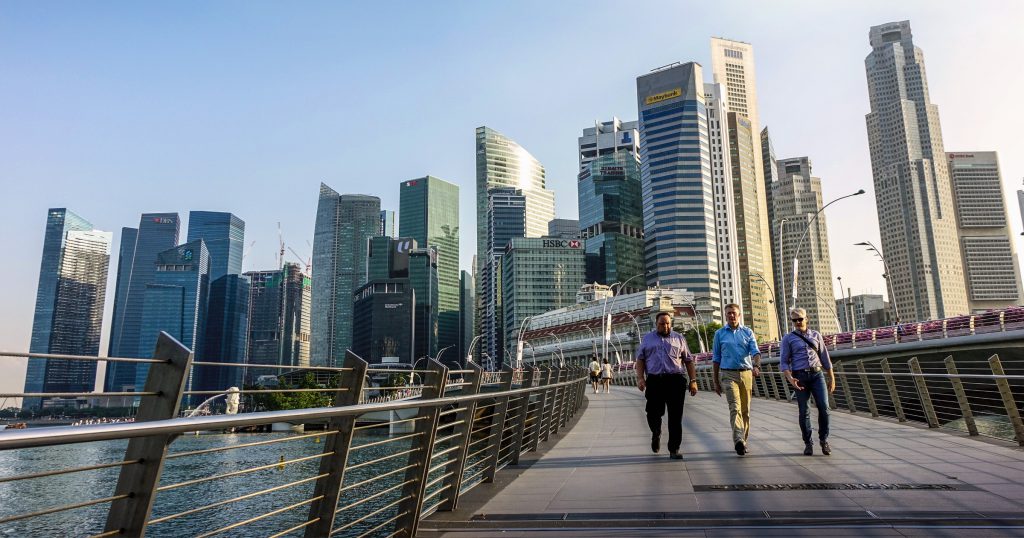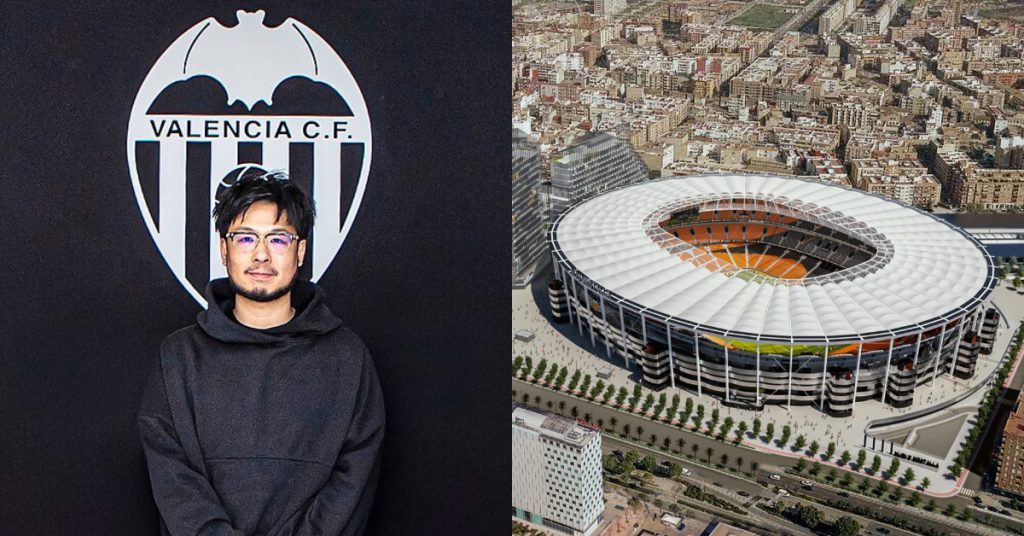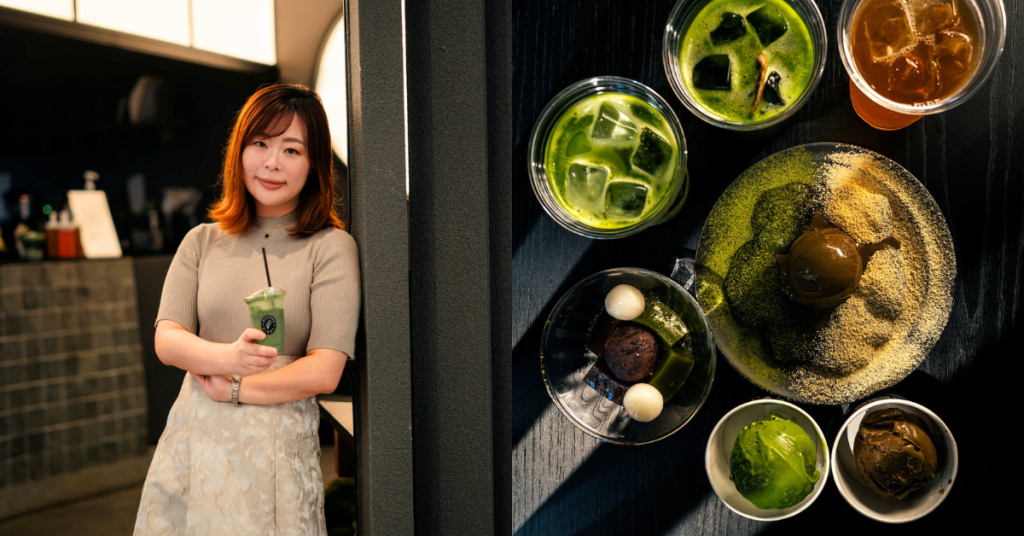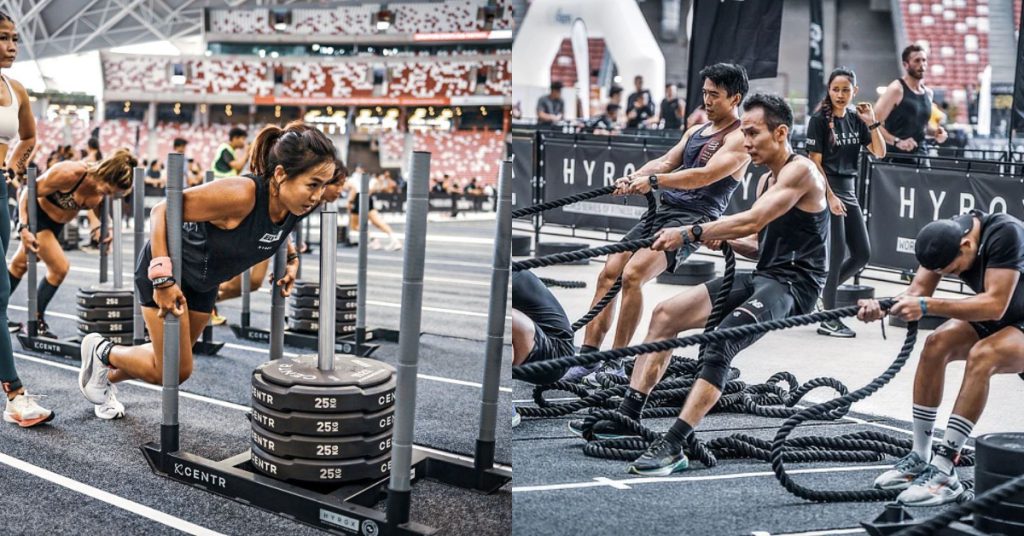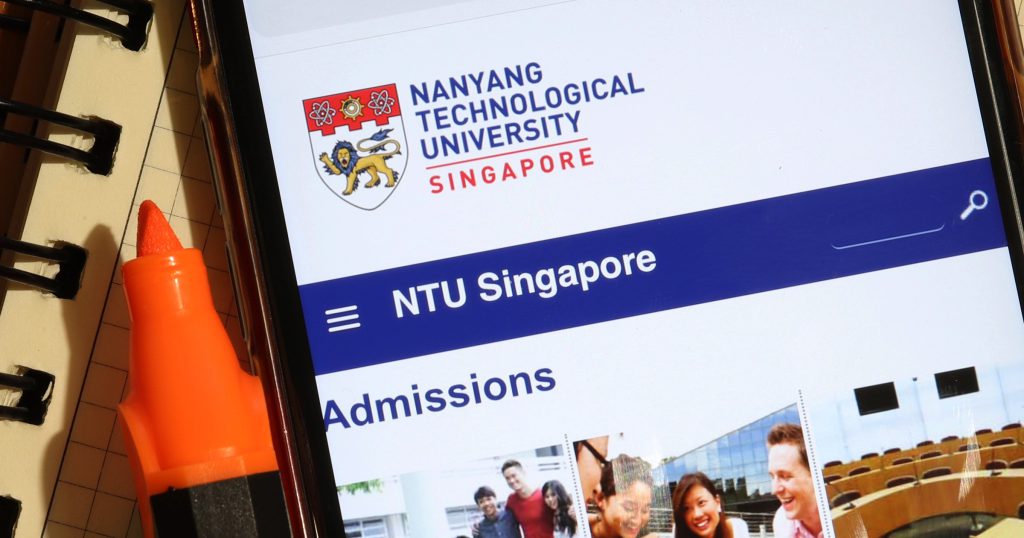I’m really late to the electric vehicle (EV) game. We’ve been writing about EVs for years, but I have never actually sat in one, let alone driven one.
With the launch of the BYD Seal though, that all changed.
But first, a few disclaimers. Obviously, I have no basis of comparison when it comes to EVs, so my thoughts would be from the perspective of someone who has driven only internal combustion engine (ICE) vehicles.
All the bells and whistles of newer, fancier cars aside, what I want to review in this article is also purely down to the expected features of a premium car.
That means we’re mainly talking about safety features, comfort, and the driving experience.
Since this was a barely one-hour test drive with the BYD Seal, I can’t speak on the cost-saving features of driving this EV versus a petrol car, nor can I properly give an in-depth review of the BYD Seal.
With that in mind, here’s what my experience driving an EV for the first time was like.
Looking good
I have to touch upon the looks of the BYD Seal, because I think that matters to quite a lot of people (myself included).
A lot of popular EVs I’ve seen on Malaysian roads seem to be on the tamer, rounder side, especially the SUVs. So I quite like that the BYD Seal is a sleek, sporty, and stylish car. In short, it has that “sexy” factor.
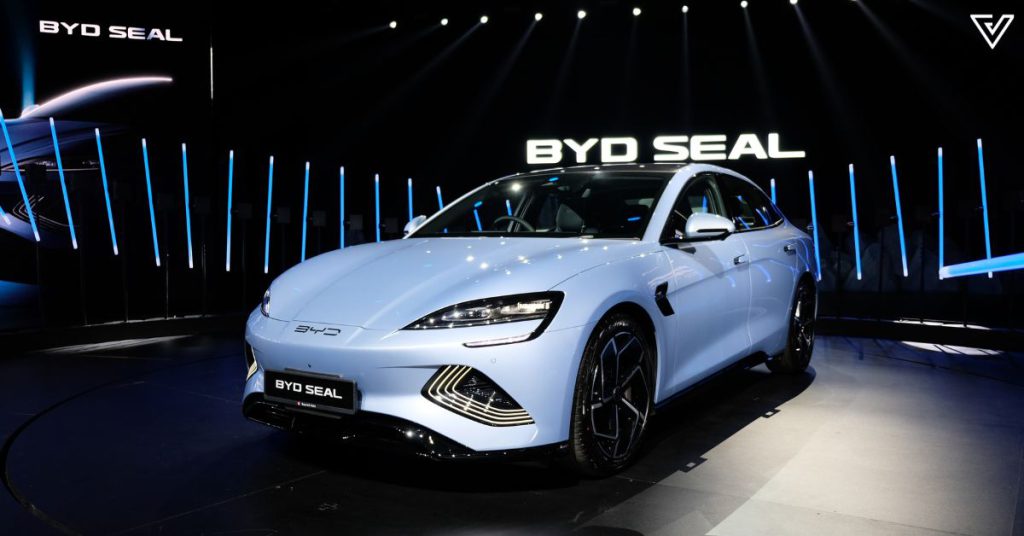
I kept thinking it looked reminiscent of the Mazda MX-5 or Porsche Panamera, except with a much smaller grille. EV-wise, I’ve heard people say it reminds them of the Tesla Model 3, and I can see that too.
The BYD Seal is said to carry on the brand’s “Ocean Aesthetics” philosophy, which they showcase through elements like the waterdrop mirrors, LED tail lights, wave waistline, and more.
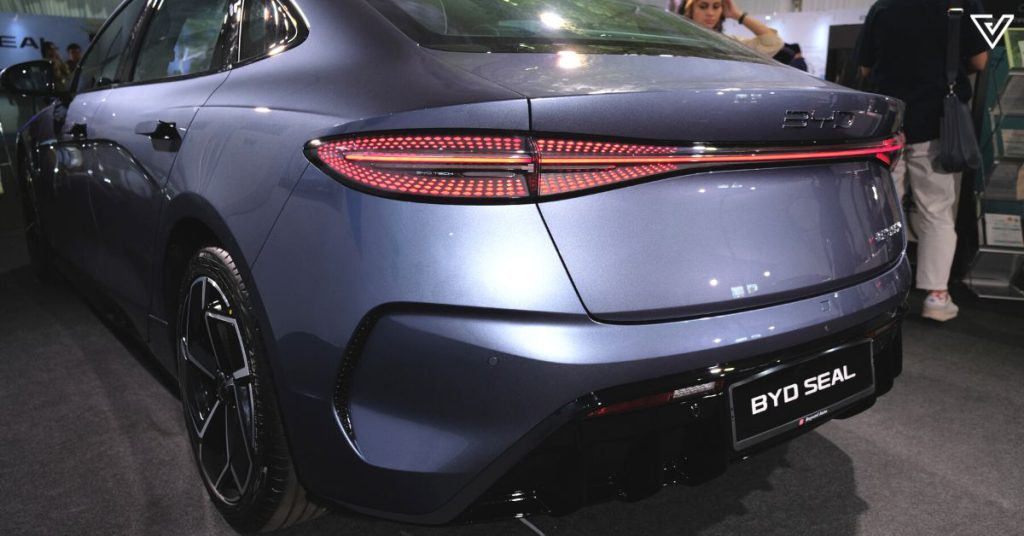
The car supposedly takes design inspiration from waves and mountains in its smooth curves all over, but I can’t quite get the vision. Maybe I just need to get more imaginative, though.
But all in all, yes please, to more sporty looking EVs in the future.
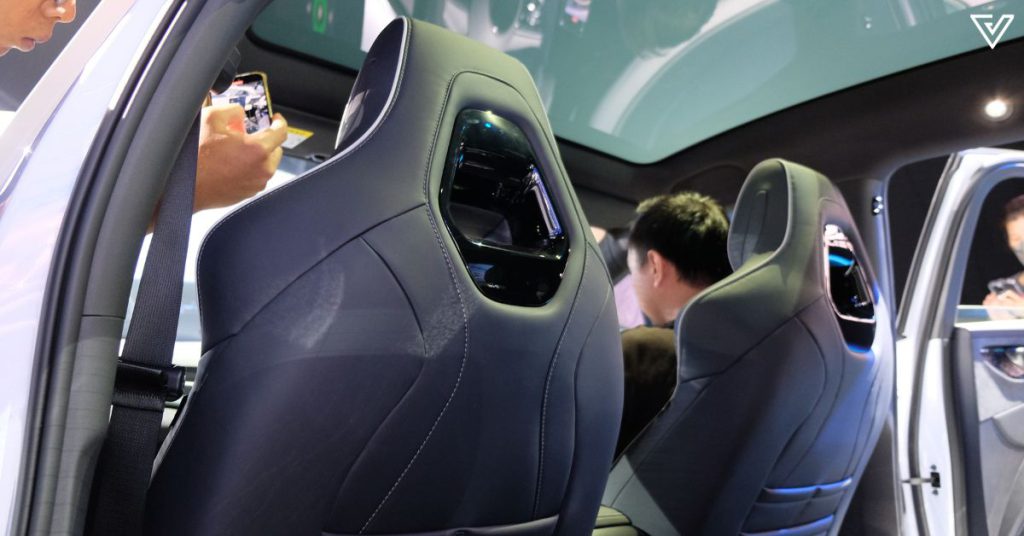
Gearing up for the road
Taking it out onto the road, the first thing I noticed was that the gear is very different from what I’m used to. There are just three modes I can switch in between, which are R, N, and D.
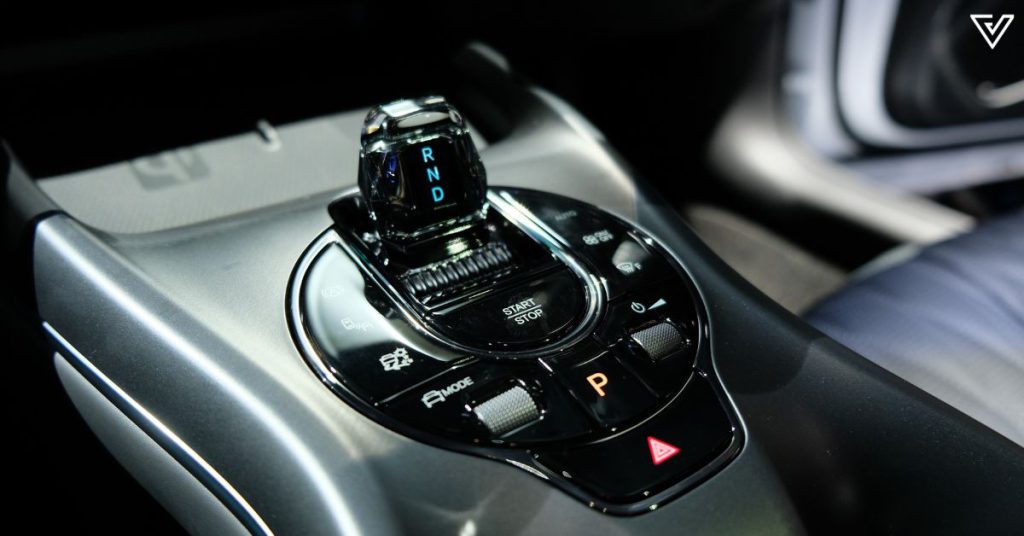
Upon further research, it seems like this is more common in EVs than I would’ve thought, which I suppose makes sense given that they don’t need multi-speed transmissions.
EVs are said to have better responsiveness, and I could definitely feel that.
The car would immediately accelerate once I stepped on the pedal, and the brake was very sensitive, but thankfully it didn’t take long for me to get used to the latter.
BYD says that the Seal can go from 0-100km/h in 5.9 seconds for the Premium version we drove (the Performance version takes just 3.8 seconds). I couldn’t test it during our drive, but I can say that it feels like the car has a good amount of power behind it.
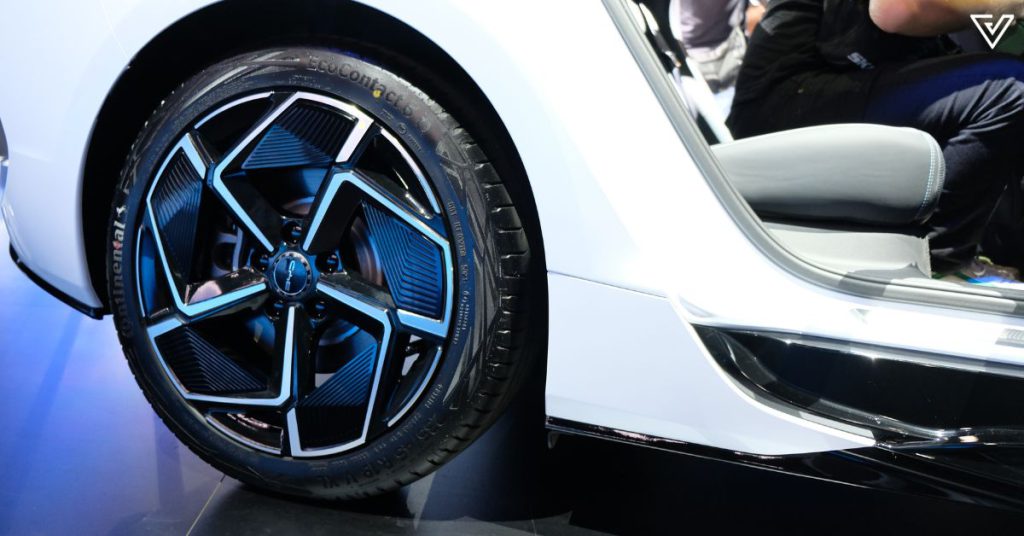
According to the specs sheet, the BYD Seal (Premium) produces around 230kW of maximum power and 360Nm of torque. This is powered by a 82.5kWh battery that is directly integrated into the chassis of the vehicle, in what’s known as cell-to-body (CTB) technology.
Navigating the car around tight, narrow bends and through KL’s rough roads was easy enough, which I guess points to the car having good steering.
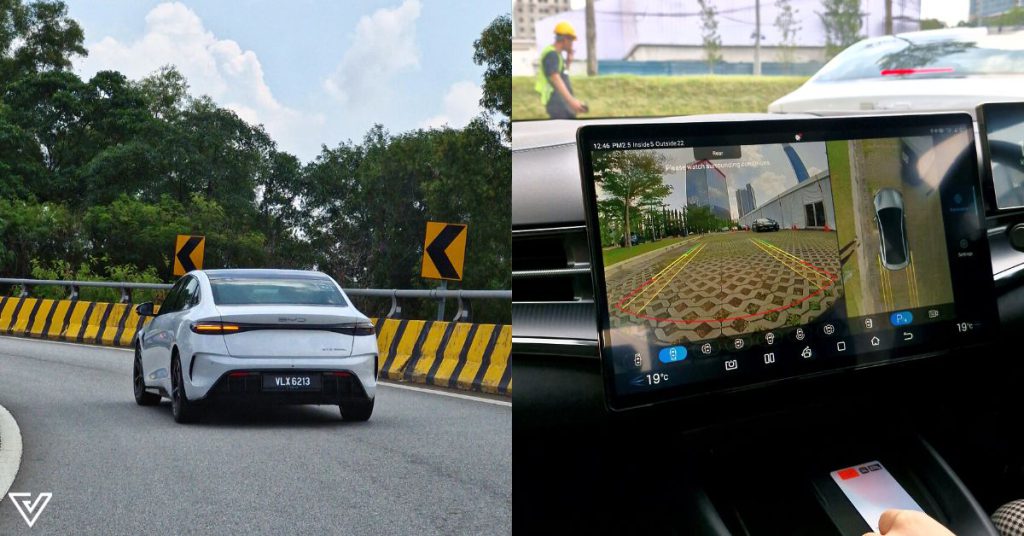
Safety-wise, we saw some features of the BYD Seal’s advanced driver-assistance system (ADAS) come into play, such as the predictive collision warning, and adaptive cruise control calibration.
In short, the steering system would nudge the car back into its own lane if it felt like I was doing a riskier overtaking manoeuvre, and the cruise control would adapt its speed and braking according to the cars around me.
I noticed that the car also had a speed limit warning which kept going off while we drove around. In my defence, I was simply matching the speed of our convoy.
I couldn’t figure out how to turn it off either; asking the voice assistant inside the 15.6-inch rotating display was fruitless, as she either couldn’t understand us, or that command simply didn’t exist.
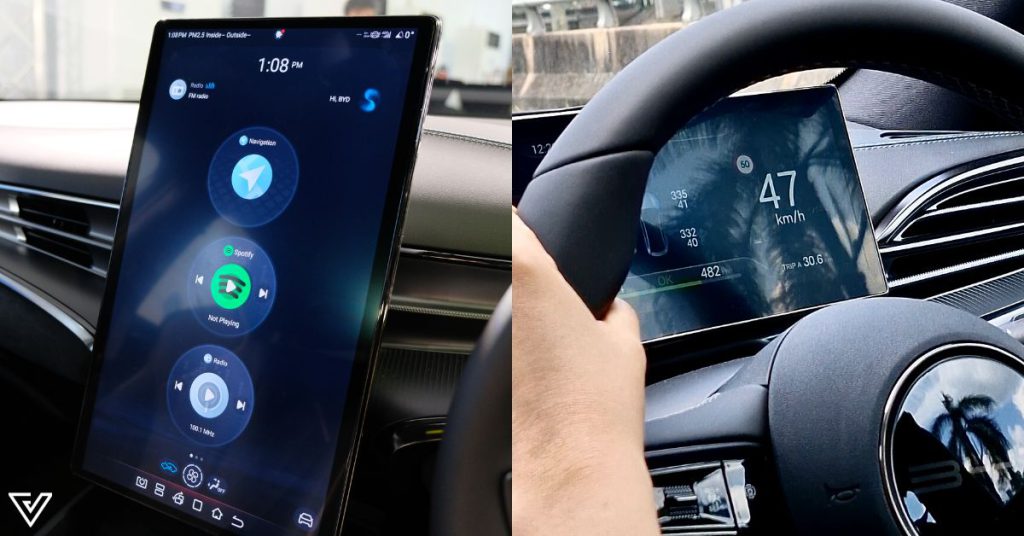
(According to research as I’m writing, it seems that the setting can be turned off in the ADAS section of the display, but man, does it take some digging to find.)
Thankfully, the warning wasn’t too loud or jarring.
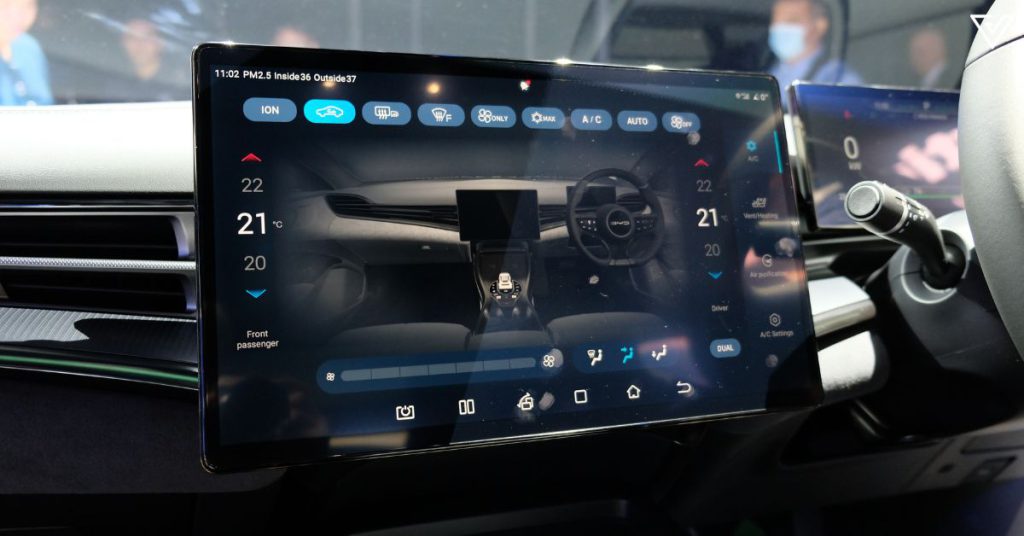
Even the indicators were quiet, without the usual “tick-tock” noise. They were so quiet that several times, I accidentally forgot they were still on.
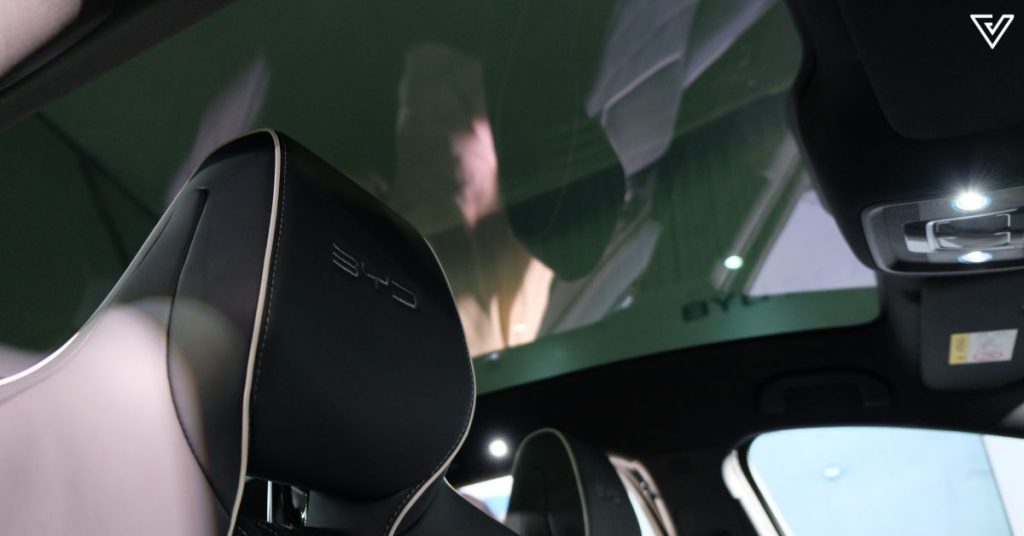
Confirmed comfort
If you remember the CTB technology mentioned earlier, it also enables a vehicle to be lighter and more spacious.
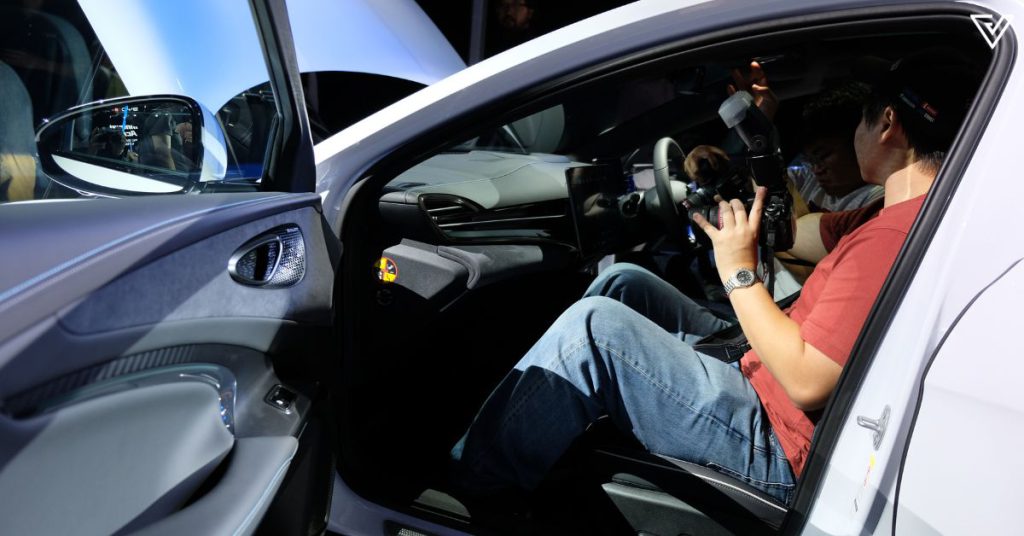
The Thaumus Black interior has ergonomically designed sports seats which felt plush, and the overall cabin was definitely spacious.
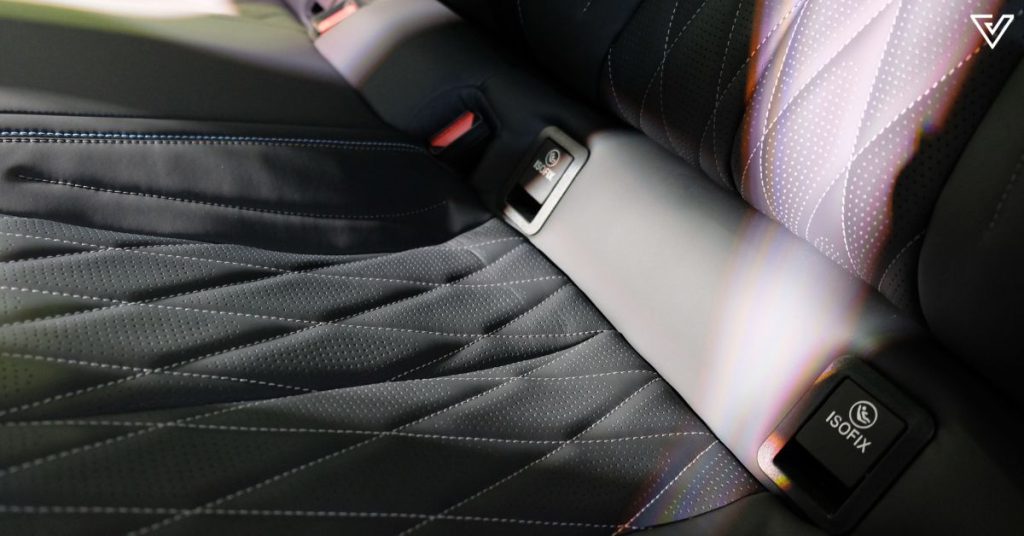
I don’t think legroom would be a problem, and those who often have lots of stuff to stow away will be glad to know that the sedan has 400L of rear trunk capacity (with 50L of space in the front trunk).
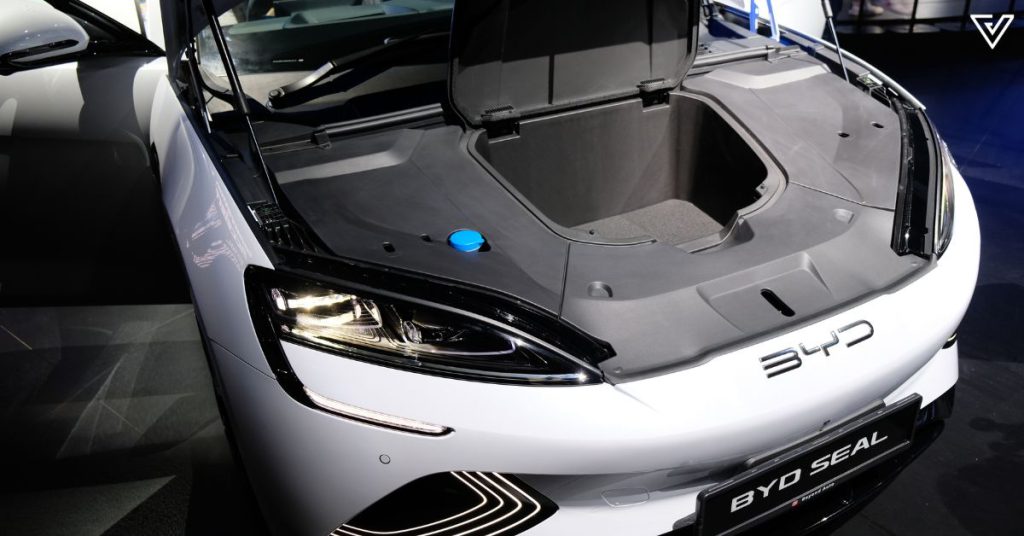
The BYD Seal also promises great suspension, and I’d say it holds true. For both driver and passenger, the ride was very comfortable.
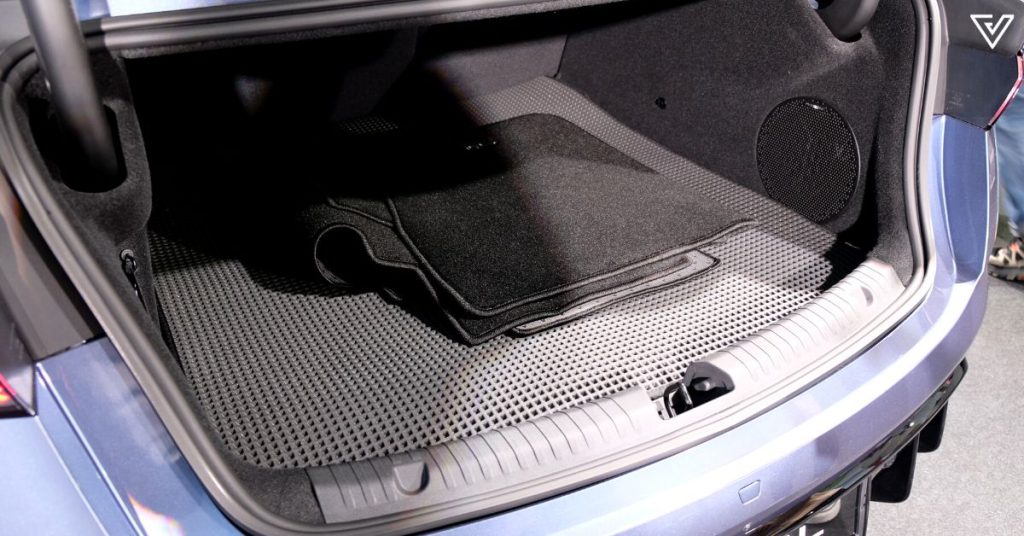
In general, the BYD Seal was quite a quiet car. The sound insulation in the cabin was pretty good compared to ICE cars, but I’m not sure how it fares against other EVs of its segment.
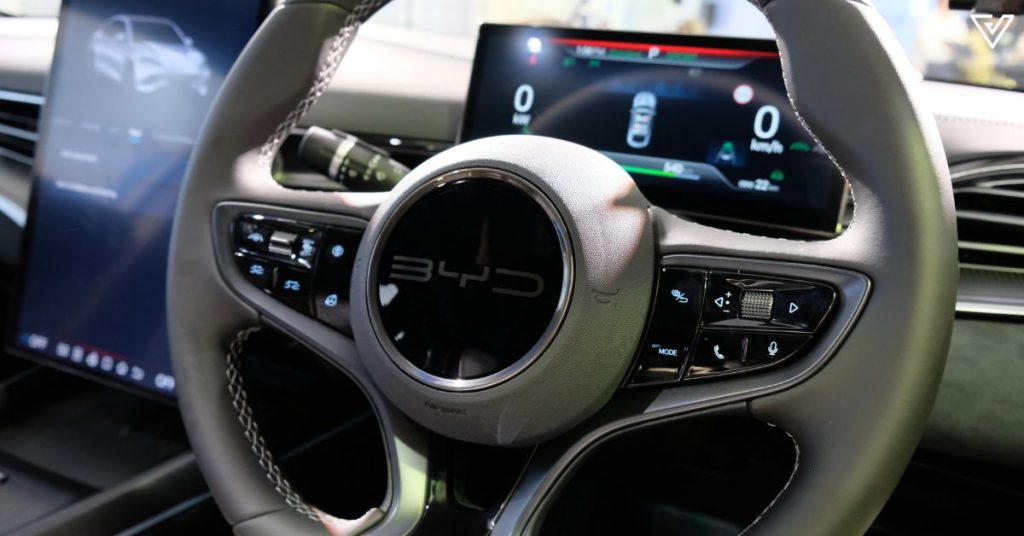
Overall thoughts
To describe the BYD Seal in one word, it is smooth. From the design choices to the driving experience, everything felt very smooth. It aligns with what I’ve heard of EVs, at least. And don’t just take it from me, the driver, because my colleague (passenger) agreed with me too.
Other than the slight differences I had to get used to, such as the gear, the experience wasn’t groundbreaking.
There was a lot of fancy “high tech” which I think is common in many of today’s EVs, but those are things I could live without. They’re not crucial to the day-to-day driving experience, I’d argue, and sometimes don’t feel intuitive at all.
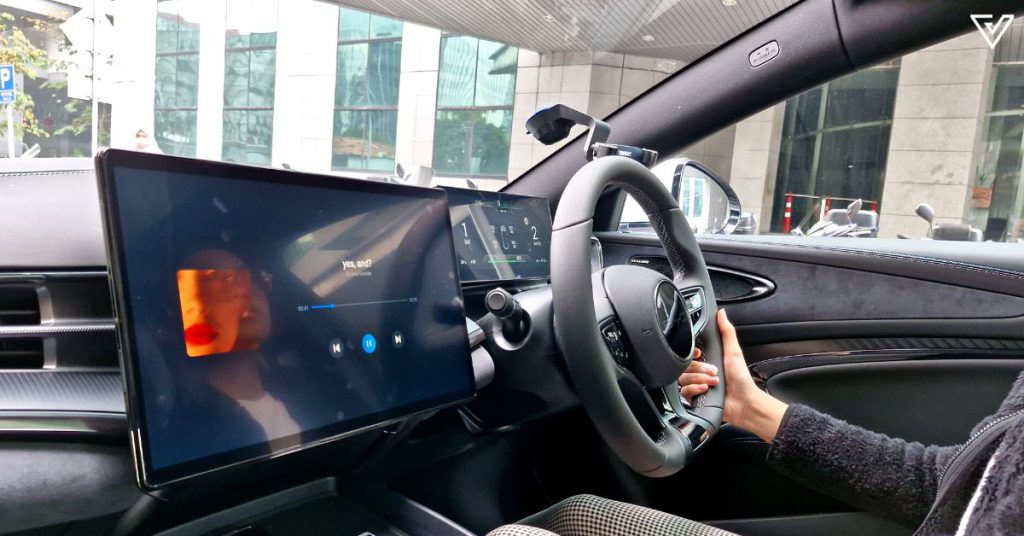
I’m in no way blaming my lukewarm review of EVs on the BYD Seal, as I think most existing premium EVs would garner the same results for me. Unless it was one equipped with a completely autonomous self-driving system.
Now, that might just change my life, but we will not know for sure for the foreseeable future, since full autopilot of cars is still not allowed in Malaysia.
My biggest takeaway from this test drive is that EVs really aren’t as “weak” or “boring” as some ICE car enthusiasts might say (and as I once assumed).
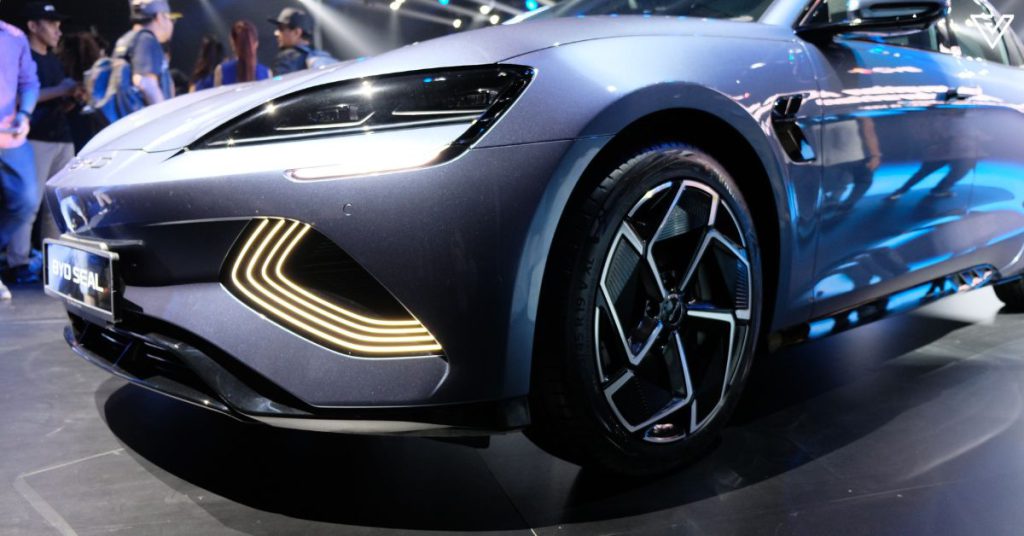
If you still harbour doubts, there’s no harm in just going for a test drive and seeing how EVs perform for yourself.
Only two of three variants of the BYD Seal will be available in Malaysia, distributed by Sime Darby Motors. The Premium variant starts at RM179,800, and its colour options include Cosmos Black, Atlantis Grey, and Aurora White.
Meanwhile, the Performance variant starts at RM199,800, and its colour options are the same as the Premium’s, with the exclusive addition of Arctic Blue.
All images credit: Vulcan Post



